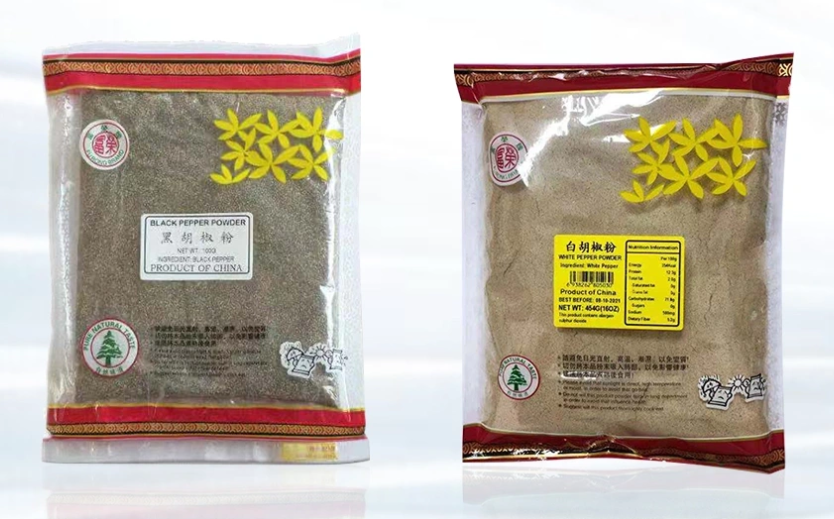Classification of spices
2022-11-18
According to raw materials or production methods, it can be divided into natural flavors and synthetic flavors. 1. Natural fragrance: In a broad sense, it refers to certain physiological organs of animals or plants (also collectively referred to as organisms) that contain aroma components, such as scent glands, sachets, flowers, leaves, branches, stems, etc., and secretions (such as gums). , resins, balms, etc.), and substances containing aromatizing ingredients (such as essential oils, extracts, balsams, absolutes, etc.) extracted from these tissues or secretions after processing.In a narrow sense, "natural spices" only refers to the latter category, that is, the aroma components extracted from the organs or secretions of fragrant animals and plants, which are commonly known as essential oils, extracts, Balsam, absolute oil, isolated products and other products. There are about 1,500 kinds of natural flavors, and 200 kinds are commonly used. Animal flavors are no longer used due to environmental and safety concerns.

2. Synthetic fragrance: Refers to those "single body" spice varieties prepared by chemical (or biological) synthesis using different raw materials. If these varieties are distinguished by their chemical structures or functional groups, there are hydrocarbons, alcohols, acids, esters, lactones, aldehydes, ketones, ethers, phenols, acetals, ketals , macrocycles, heterocycles, etc. There are more than 6000 kinds of synthetic fragrances, and 500-600 kinds are usually used in flavoring. We produce Salted Black Bean, salted black bean with ginger, salted black bean with dried orange peels, spices and spice powders, such as dry Ginger Powder with salt (and sesame), Pepper Powder, dry ginger powder, Five Spices Powder and Curry Powder . For more details about the product, please contact us: Tel:+86-0750-3655628 Mobile Phone:+8615917835244 Email:jmfr08@163.com



